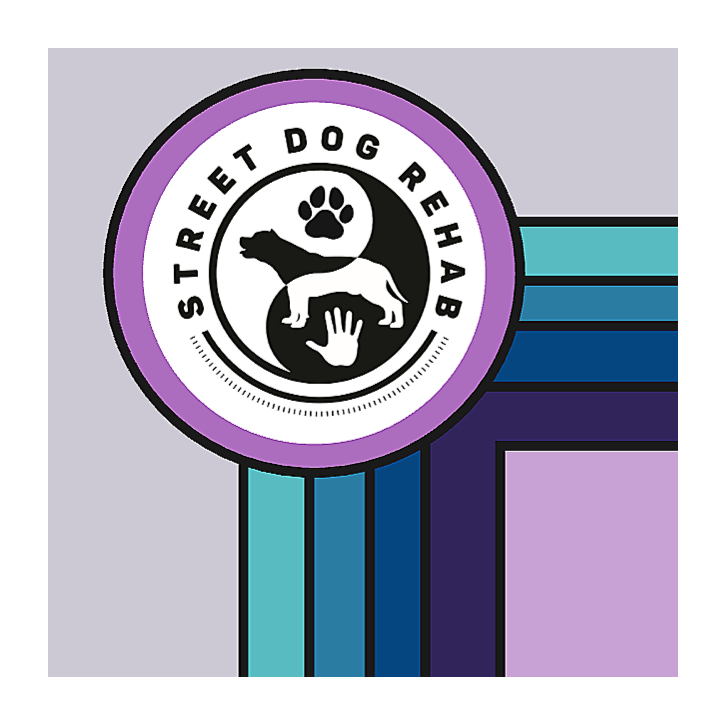Novelty Based Enrichment
Dogs who missed out on their socialization and dogs who suffer from a bit of fear or anxiety often struggle with a very important skill: Novelty can be anything new in the environment such as an object, or a new person in their life, but it can also be things like changes in schedule, like the kids going back to school and leaving the house during the day. This lack of ability to deal with novelty can come from a lack of proper exposure in puppyhood, or a single one off bad experience. Here’s my biggest tips
START SMALL
To build a positive association with new things, you can start to introduce small changes in the environment and new items, and associate it with enrichment or treats. For example, if your dog is sensitive to space, rearrange your room a little bit and then reward them as they explore. Your aim should be to produce a change large enough for your dog to notice, but not enough to cause them stress. They should still be curious and exploratory. You can also start to introduce new toys or random objects and reward your dog as they interact
Please note you may need to increase management if you introduce fun new novelty such as new toys or new enrichment activities. If you have multiple dogs especially, be careful doing these activities with the dogs together as the activities can be valuable enough or stressful enough to create resource guarding or unfriendly behavior you don’t normally see otherwise.
Ask questions, join the conversation, and post pictures of your crate set up in the Facebook group!
𓃡 𓃩 𓃡 Human End of the Leash 𓃡 𓃩 𓃡
Ask questions, join the conversation, and post pictures of your crate set up in the Facebook group! 𓃡 𓃩 𓃡 Human End of the Leash 𓃡 𓃩 𓃡
BENEFITS OF FOCUSING ON NOVELTY
One of the biggest benefits of focusing on building a positive association to novelty is that your dog begins to recognize contexts with novelty as you generalize the things you purposefully introduce, and begin to start offering behaviors in these contexts rather than shutting down, looking for a way to gain reinforcement from you and satisfy their own curiosity as they get braver.
Additionally, because you are greatly involved in the process of forming the positive association to novelty, you become relevant in these contexts so your dog is more likely to check in with you instead of shutting down. Lastly, there is also a reinforcement history being formed for problem solving, which helps in lots of other areas.
EXAMPLES OF NOVELTY BASED ENRICHMENT TO SOLVE A SPECIFIC PROBLEM
You can use novelty based enrichment to solve specific problems as well. For example, if your dog is head shy, you can aid your desensitization process with enrichment. You can use novel contexts to introduce the collar they’re scared of going over their head by including it in the enrichment set up somehow, and introduce enrichment that requires the dog to stick their head through other novel items to access the reward.
If your dog is noise sensitive, you can start to introduce novel items into their enrichment that require them to make noise to access the reward, such as placing a toy in a metal dish (or other surface that will make some noise) so they must make noise to use the enrichment and can control the noise making.

